Dogs are the new sensory detection machine in science
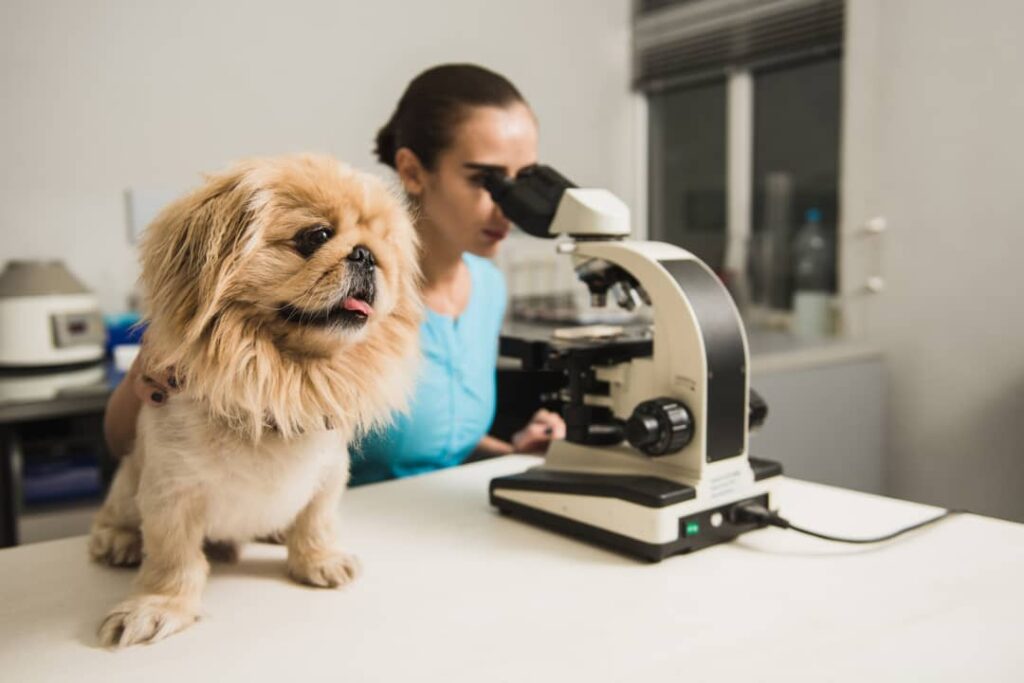
Scientists say our best friends may hold the key to earlier diagnosis, and better outcomes. Dogs have always amazed us with their loyalty and sharp senses, but science is revealing just how extraordinary their noses truly are. Recent studies show that dogs can detect Parkinson’s disease years before any visible symptoms appear, offering hope for earlier diagnosis and treatment. Here’s what researchers have discovered.
1. Dogs can detect Parkinson’s through scent alone
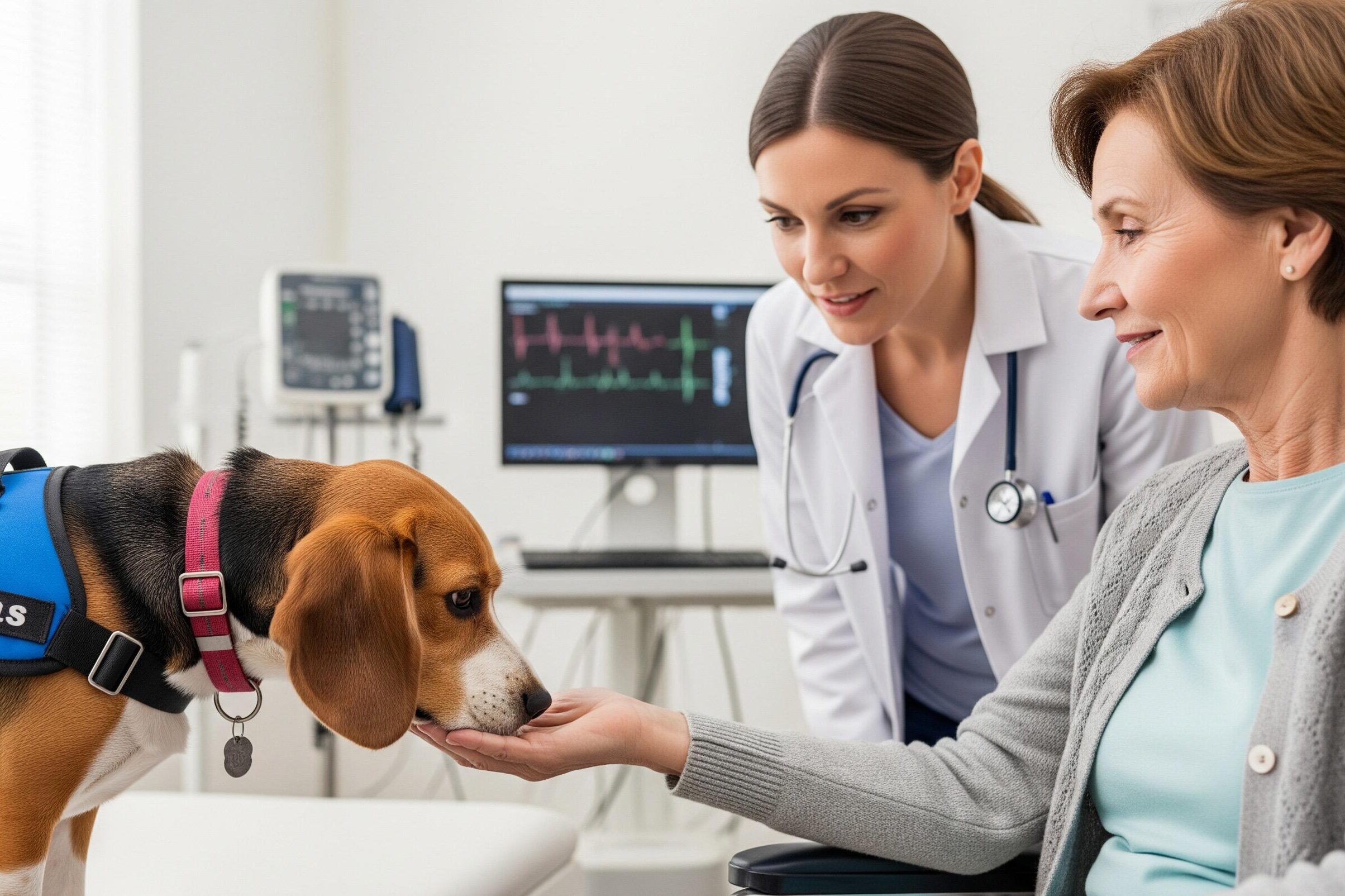
Researchers have learned that trained dogs can identify Parkinson’s disease just by smelling skin swabs, clothing, or even the air around a person. Dogs have up to 300 million scent receptors compared to our five million, making their sense of smell thousands of times more powerful than ours. This ability allows them to pick up on the smallest chemical changes in the body. In trials, dogs have correctly distinguished people with Parkinson’s from those without the disease, often with remarkable accuracy. What’s even more impressive is that they can do this long before tremors or stiffness, the classic signs of Parkinson’s, ever appear.
2. A groundbreaking 2024 study confirms it
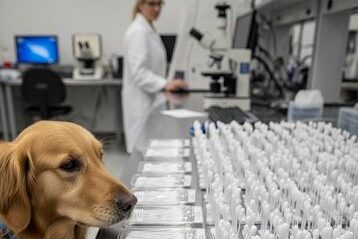
In 2024, researchers in the UK conducted one of the most definitive studies on canine scent detection and Parkinson’s. Trained dogs were given skin swab samples from volunteers, some with Parkinson’s and some without. Astonishingly, the dogs were able to identify those who would later develop Parkinson’s, even before doctors could confirm a diagnosis. This study built on years of smaller trials but provided the strongest evidence yet that dogs aren’t just sensing illness, they’re spotting it years in advance. For scientists, the results open the door to developing non-invasive, scent-based screening tools inspired by man’s best friend.
3. It’s all in the sebum

The secret behind a dog’s detection ability lies in sebum, the oily substance produced by human skin. Parkinson’s disease alters the chemical composition of sebum, creating a subtle but distinct odor that dogs can smell, even when humans cannot. Researchers have found that patients with Parkinson’s secrete higher levels of certain compounds, giving their skin a unique scent profile. To dogs, these changes are as obvious as a loud alarm bell, even though they are invisible and odorless to us. Understanding these chemical shifts is now helping scientists design “electronic noses” that mimic the dog’s natural ability.
4. This could change how we diagnose Parkinson’s

Currently, most people with Parkinson’s aren’t diagnosed until motor symptoms like tremors, muscle stiffness, or balance problems become obvious. By that stage, much of the neurological damage has already occurred, making treatment less effective. If dogs, or technology modeled after their noses, can detect Parkinson’s years earlier, it could revolutionize care. Doctors could monitor at-risk patients sooner, start preventative therapies, and improve quality of life before symptoms take hold. In this way, a dog’s nose isn’t just a marvel, it could become the foundation for a new chapter in medical diagnostics.
5. A woman in Scotland helped spark this research

The scientific journey into dogs detecting Parkinson’s began with a woman named Joy Milne. She noticed a “musky” odor on her husband years before his Parkinson’s diagnosis, long before anyone else saw signs of illness. Her remarkable observation caught the attention of scientists, who later confirmed she could reliably identify people with Parkinson’s by smell alone. Inspired by her story, researchers began testing dogs to see if they shared this ability, and the results were groundbreaking. Joy’s unique sensitivity, combined with the natural skills of dogs, turned a personal story into a global area of study that could change lives.
6. Dogs are helping develop scent-based diagnostics
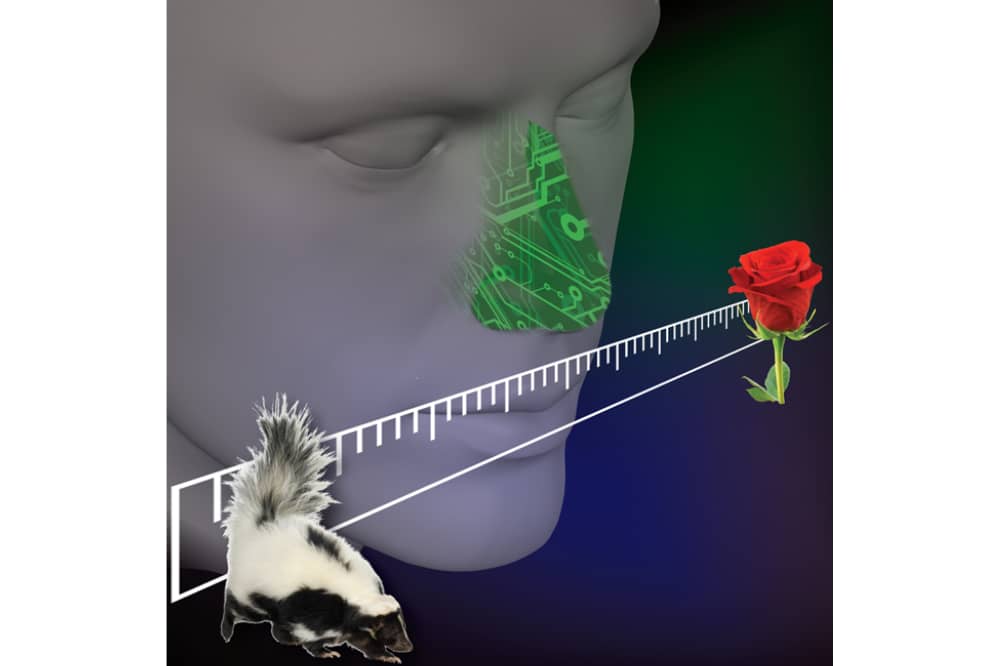
Dogs aren’t just making headlines for their ability to smell Parkinson’s, they’re actively shaping new technology. Laboratories around the world are studying how canine noses work in order to design “electronic noses,” devices that can detect the same chemical markers in sebum. These machines could one day be used in hospitals and clinics to screen patients quickly and painlessly. By analyzing the exact compounds dogs are sensing, researchers hope to build a reliable tool that matches canine accuracy while being widely accessible. In this way, dogs are not only helping patients directly but also inspiring the next generation of medical diagnostics.
7. This isn’t just theory, it’s already saving lives

For some study participants, dogs have already made a real difference. In several cases, people identified by dogs as having Parkinson’s, despite showing no symptoms, were later diagnosed and began early treatments. These early interventions can help slow progression, giving patients a better chance of maintaining independence and quality of life. Stories like these highlight the power of early detection, transforming what could have been years of uncertainty into opportunities for proactive care. It’s proof that this research isn’t just fascinating science, it’s practical, life-changing medicine.
8. Dogs join a growing list of medical sniffers
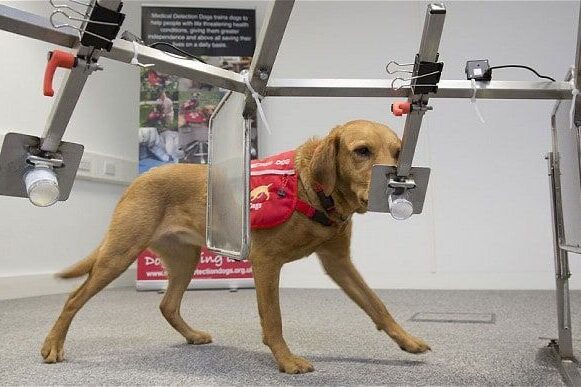
The ability of dogs to detect Parkinson’s adds to a growing body of evidence that canine noses can spot a wide range of diseases. Dogs have been trained to sniff out cancers, diabetes, malaria, and even COVID-19. Their versatility shows that scent-based diagnostics could become an important tool across medicine, not just for one condition. For Parkinson’s specifically, the potential is especially exciting because of how difficult early diagnosis has traditionally been. The more conditions dogs help scientists understand, the closer we get to turning their natural gift into practical tools for doctors worldwide.
9. Training methods and dog breeds make all the difference

Not every dog can detect Parkinson’s, success depends on rigorous training. Professional trainers work with dogs to reward them for correctly identifying the scent from skin swabs, clothing, or bedding. Some breeds, like Labradors and spaniels, are often chosen for their keen noses and eagerness to work. With proper training, these dogs can reach astonishing levels of accuracy. But what makes the process unique is that they’re not learning to spot a specific illness in the way we think of it, they’re simply being guided to notice subtle chemical differences. Their reward-driven motivation turns this into a skill that can help save lives.
10. A future shaped by dogs nose and science
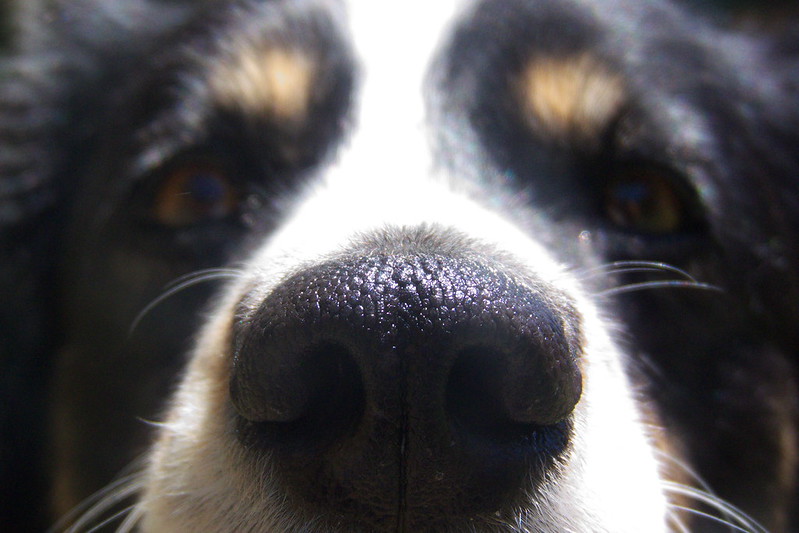
The discovery that dogs can detect Parkinson’s years before symptoms appear has set the stage for a new era of diagnostics. Researchers are already exploring ways to combine canine scent detection with artificial intelligence, creating tools that could screen thousands of patients efficiently. While dogs themselves may not be stationed in every hospital, their noses are paving the way for breakthroughs that technology alone might never have uncovered. In the future, the bond between humans and dogs could extend beyond companionship, helping us fight one of the most challenging neurological diseases of our time.
Final Note
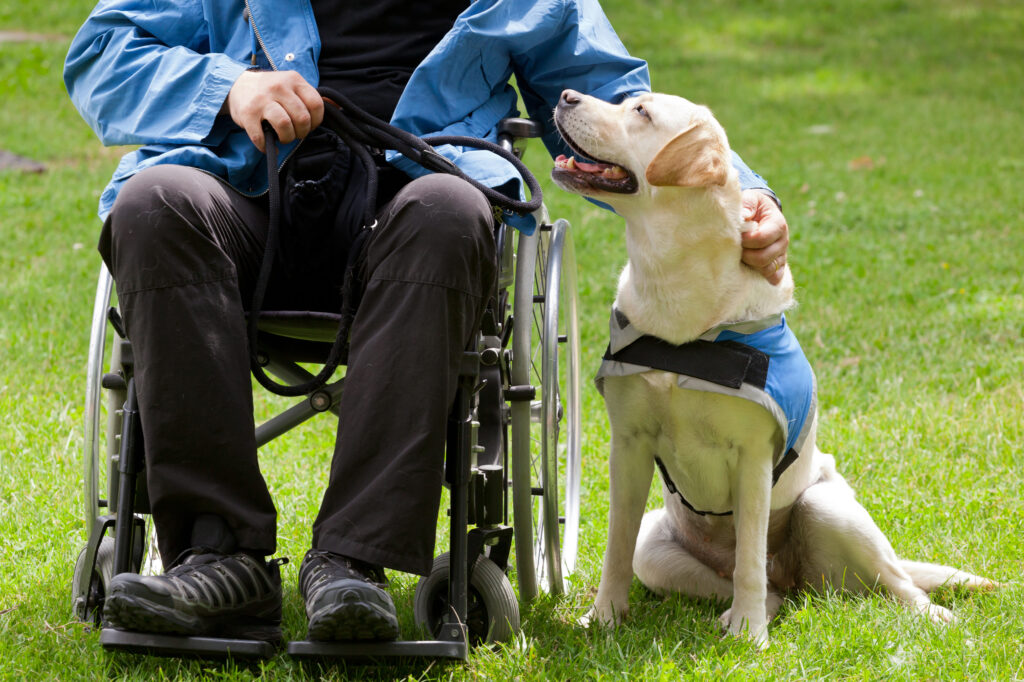
Dogs have always been more than pets, they’re partners, protectors, and now, potential lifesavers in the fight against disease. Their extraordinary noses are opening doors to earlier detection and better outcomes, reminding us once again why they truly are man’s best friend. If you enjoyed this story, give it a thumbs up, share it, or send feedback.
This story Dogs Can Smell Parkinson’s Disease Years Before Symptoms Start was first published on Daily FETCH


